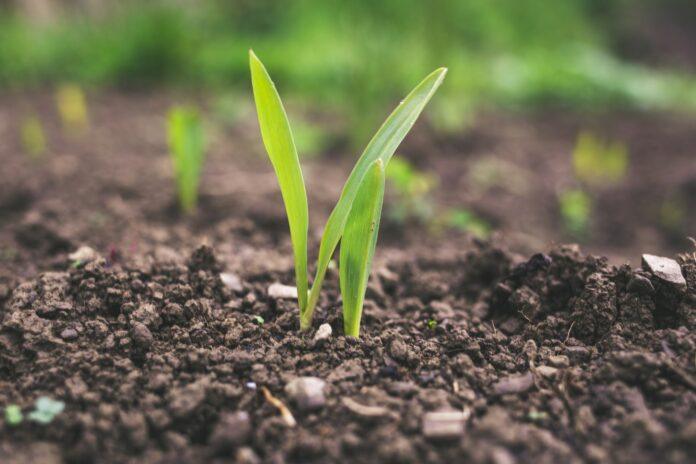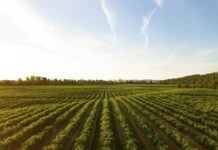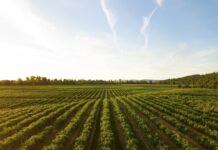It can be used for multi-purpose, including automobile fuel, heating, and power generation. Biogas is a renewable fuel made from the decomposition of organic matter like food scraps and animal manure. Here in the article describes biogas production.
What Exactly Is Biogas? What Is The Process Of Making Biogas?
Biogas is a renewable energy source that is good for the environment.
It’s created when microbes break down organic stuff like food or animal manure in the absence of oxygen.
It can occur naturally or be created as part of an industrial process to produce biogas for use as a fuel.
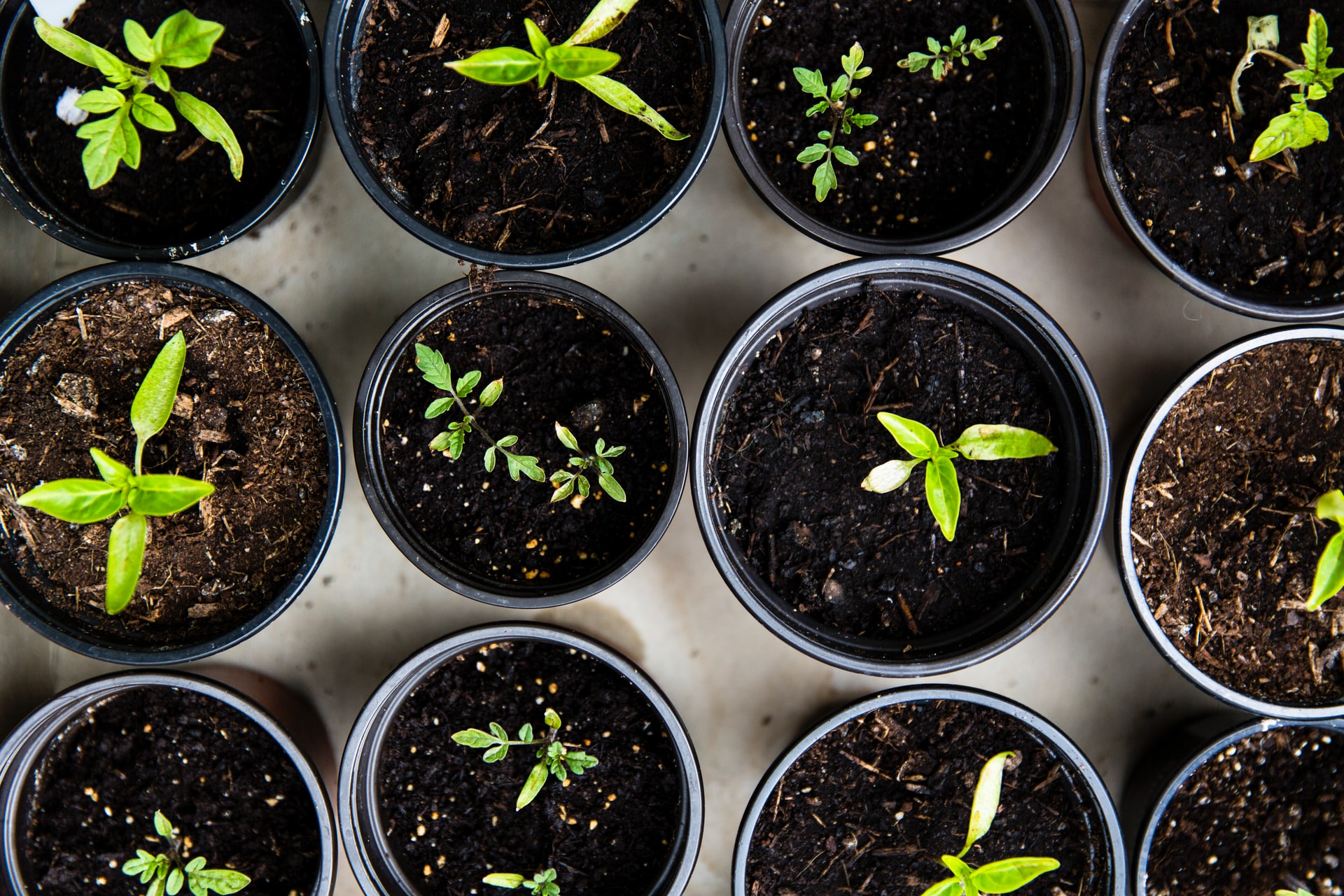
To accomplish this, the waste material must be contained in an environment devoid of oxygen.
Biogas Is Created By Converting Various Forms Of Organic Waste Into Gas.
The organic nutrients collected throughout the production process add to the circular economic impact of biogas production.
It’s a renewable, environmentally friendly fuel generated entirely from local feedstocks that may be used for a variety of applications, including road vehicle fuel and industrial applications.
In the process, it produces material containing organic nutrients, which can be used for agricultural reasons.
Microbes that feed on the biomass perform the most important part in the biogas production process.
Biogas can be made from a wide range of ingredients (feedstocks).
Converting A Wide Range Of Materials To Gas
There are a variety of solid and sludge-like feedstocks that can be used.
The arrival of feedstocks at the biogas plant is the first step in the biogas production process.
Following that, the delivery of solid stuff, such as biowaste, will be crushed to ensure that its consistency is as uniform as feasible.
After that, the biomass is cleaned before going into the biogas reactor (digester).
After being sanitized, the mass is poured into the main reactor, where biogas is produced.
Sanitization involves heating the combination to above 70 °C for one hour to kill any dangerous germs detected in the material.
Sanitation Allows The Fertiliser Product To Be Used In Agriculture.
Biodegradable waste from businesses and industrial facilities, such as extra lactose from the production of lactose-free dairy products, are among the materials appropriate for biogas production.
- consumer-generated biowaste
- food from stores that have gone bad
Agricultural manure and field biomass sludge from wastewater treatment plants.
The material is usually brought by lorry or waste management vehicle to the biogas plant’s reception pit.
This is also when any undesired non-biodegradable garbage is separated from the mixture, such as packaging plastic or out-of-date food waste from stores.
Biomass that has undergone clarification is blended with biomass brought to the biogas plant as a slurry and pumped into the pre-digester tank.
This garbage is transported to a waste treatment facility and converted into heat and electricity.
where microorganisms produce enzymes that break down the biomass into a finer consistency.
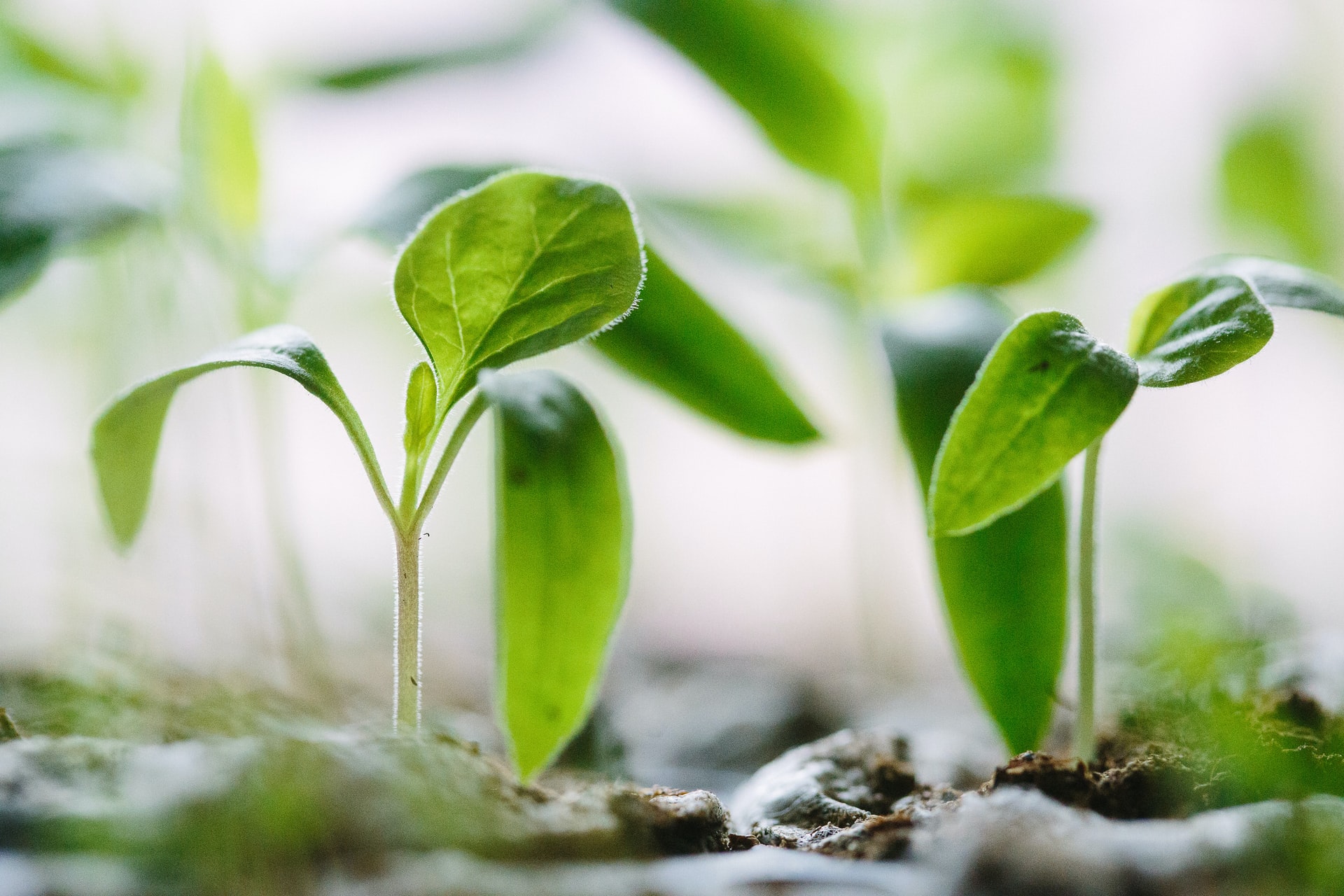
Biogas Production Stages
Biogas is created by a multi-stage process that employs well-established technology:
Microbes thrive in warm environments, thus the biowaste is heated to roughly 37 degrees Celsius.
To prepare biowaste for anaerobic digestion, it is crushed into smaller bits and slurred. Slurring biowaste involves adding liquid to make it easier to process.
The gas is cleaned (upgraded) in the last stage by eliminating contaminants and carbon dioxide.
The biogas is produced through anaerobic digestion in massive tanks during a three-week period.
The biogas is then available for use by businesses and consumers, either in liquefied form or after injection into the gas pipeline network.
Microbes Convert Biomass Into Gas.
Microbial action commences in the biogas reactor, and the biomass undergoes a slow fermentation process.
The biogas is collected from the top of the biogas reactors in a spherical gas holder.
In around three weeks, the majority of the organic waste is broken down into biogas, which is a mixture of methane and carbon dioxide.
In reality, this implies that microorganisms feed on organic materials like proteins, carbohydrates, and lipids, which they break down into methane and carbon dioxide.
Hydrogen is produced in fermentable sugar systems by microbial pathogens. Refined sugars, unprocessed biomass sources like corn stover, even wastewater are all examples of organic materials. These processes are referred to as “dark fermentation” procedures since they don’t involve the use of light.
Clean Biogas Aids In The Transition To A Low-Carbon Society.
It will, however, be purified before being put into the gas pipeline network or used to fuel vehicles.
Straight from the biogas plant’s gas storage, the gas would be ready for a variety of uses.
The carbon dioxide and sulfur components in the gas are effectively absorbed by water.
Gas is filtered and flown into columns in this upgrading process, where it is cleaned by cascading water at a very particular pressure and temperature.
The methane content of the final upgraded biogas put into the gas network is at least 95% and generally around 98 percent.
To avoid condensation in sub-zero winter temperatures, biogas is properly dried before injection into the gas network.
Because greater separation from methane is not cost-effective, let alone sensible in terms of the gas’s usage, upgraded biogas still contains a few percent of carbon dioxide.
Other ways for purifying biogas include putting it through activated carbon filters to eliminate contaminants.
Digestate is a type of soil that can be used as fertilizer or gardening soil.
Digestate is the term for the particles and liquids left over after biogas production.
Digestates are ideally suited for applications such as field fertilization.
This digestate is then pumped into a post-digester reactor and then into storage tanks.
At the start of the process, digestates are centrifuged to produce adequate process water for the clarification of biowaste.
The centrifuged liquid is high in nutrients, particularly nitrogen, which can be extracted and used as fertilizers or nutrient supplies in industrial processes utilizing methods such as stripping technology.
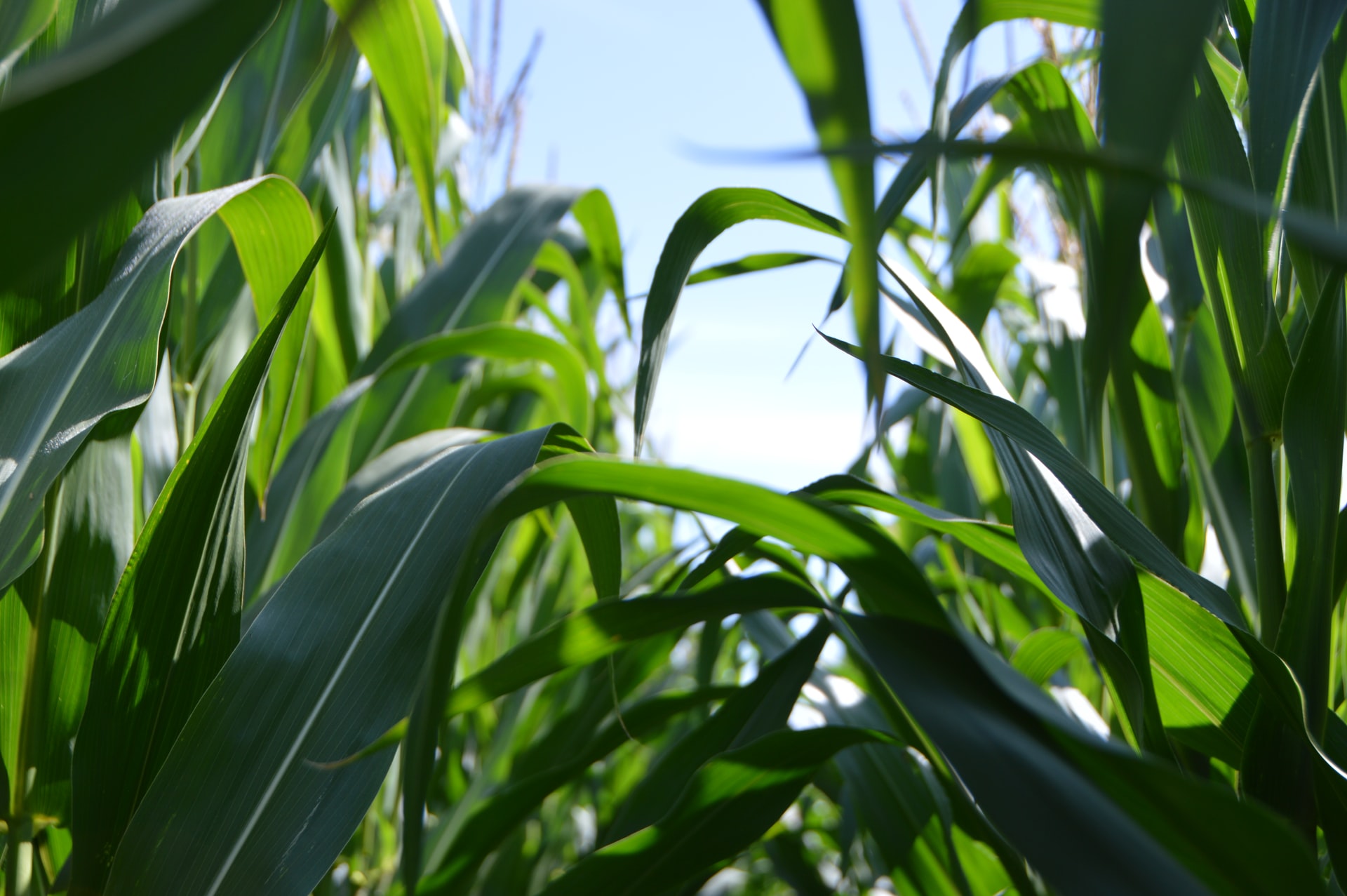
This reduces the amount of clean water used.
The solid and liquid portions of digestates can also be separated by centrifugation.
The biogas produced can be utilized to power municipal garbage collection vehicles, city buses, or private automobiles.
Solid digestates can be used as fertilizers in agriculture or landscaping, and they can also be converted into gardening soil through a composting process.
Gas, on the other hand, provides evidence of the practical activities that are leading us toward a future low-carbon civilization.

